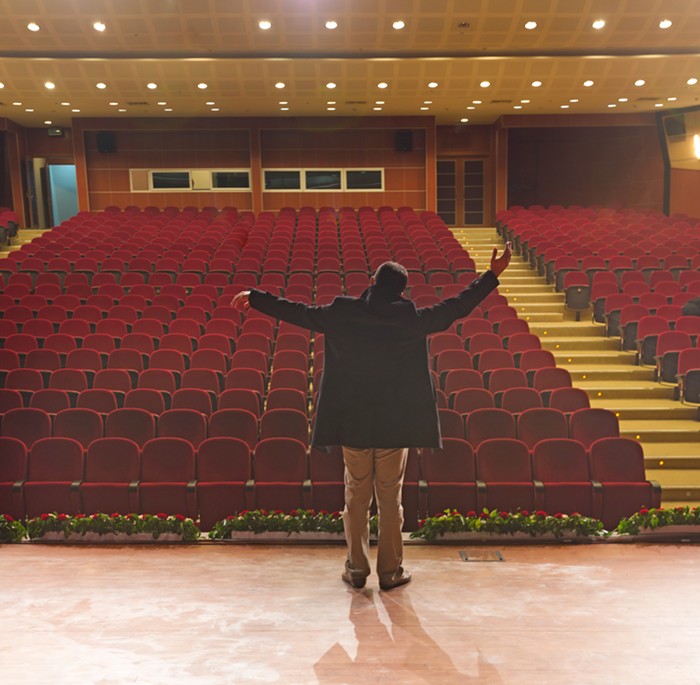Four billion years ago, I wrote a feature about how Portland's theaters—and theaters everywhere, really—were moving away from using 35mm film to project movies, instead showing movies off of hard drives, Blu-rays, and DVDs. In the time since that story, the shift is almost entirely complete—now, when a place like Cinema 21 or the Hollywood Theatre shows something on 35, the medium is as big of a draw as the film itself. A huge part of the charm of the Hollywood's Kung Fu Theatre series is seeing rare old Shaw Brothers flicks in the format they originally screened in, while Cinema 21's Stanley Kubrick fest (this weekend!) has an appeal hardcore Kubrick fans will find hard to resist—even though they probably have a boxed set of Kubrick Blu-rays at home.
One of the the things I should've mentioned in that story, though, was why the shift mattered in terms of film preservation. (Hey, I only had so much space.) Well, here's why:
Curators, programmers, and repertory schedulers are scrambling to find versions on film of titles that used to be easy to acquire. Warner Bros. won't rent titles unless it has at least two copies in its vaults. So if a theater wanted to show Sky Full of Moon or Fearless Fagin, WB films from the 1950s, it would have to project a DVD—with an accompanying drastic drop in sound and image quality. Twentieth Century Fox no longer has prints of Miller's Crossing or Barton Fink, as Doc Films Programming Chair Maxwell Frank found out when trying to assemble a Coen Brothers retrospective at the University of Chicago. However, if a collector will supply a print, Fox will be happy to charge its usual licensing fees.
And though (some) films are being converted to high-quality digital files, that doesn't neccessarily mean they're being converted accurately:
"I saw a digitized version of a film that David Lean made during World War II, and it looked just like a TV commercial that was shot yesterday," [says Martin Scorsese's editor, Thelma Schoonmaker]. "It was wrong, the balance was completely off. Originally it had a slightly muted look, and now here were all these insanely bright blues."
Schoonmaker believes that the colorists who have been trained in the last 10 or 15 years "have no idea what these movies should look like anymore."
That stuff's from Daniel Eagan's "With 35mm Film Dead, Will Classic Movies Ever Look the Same Again?" over at the Atlantic. Definitely worth a read. Thanks to b!X for the heads up.



















